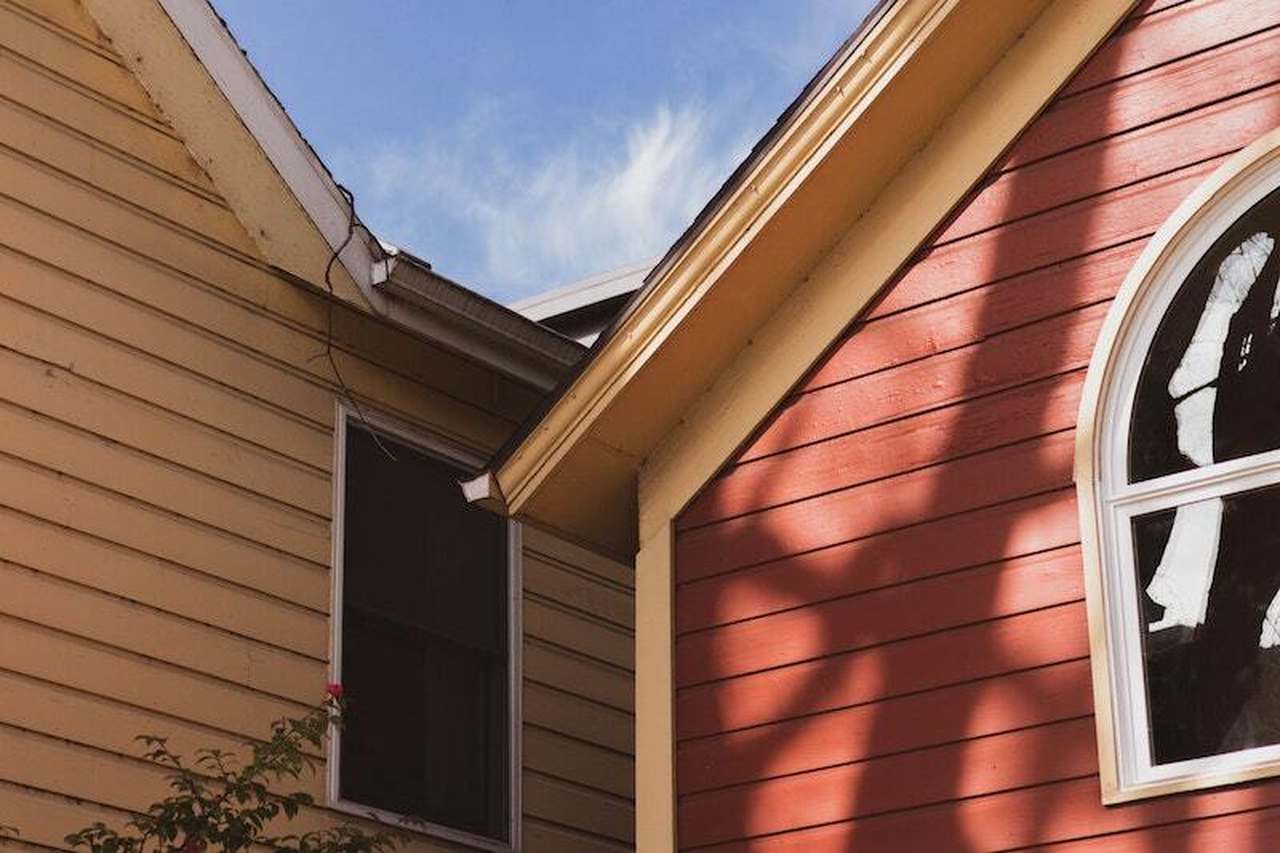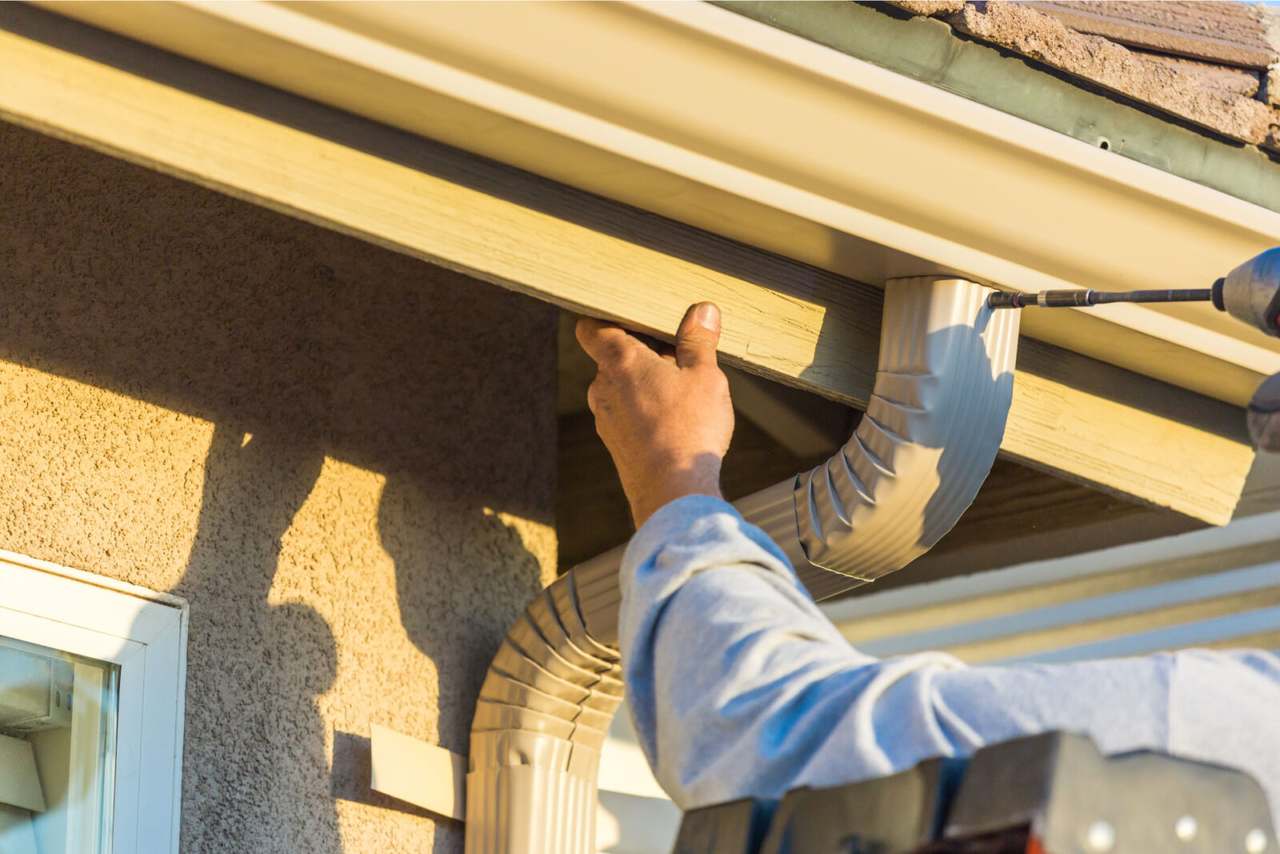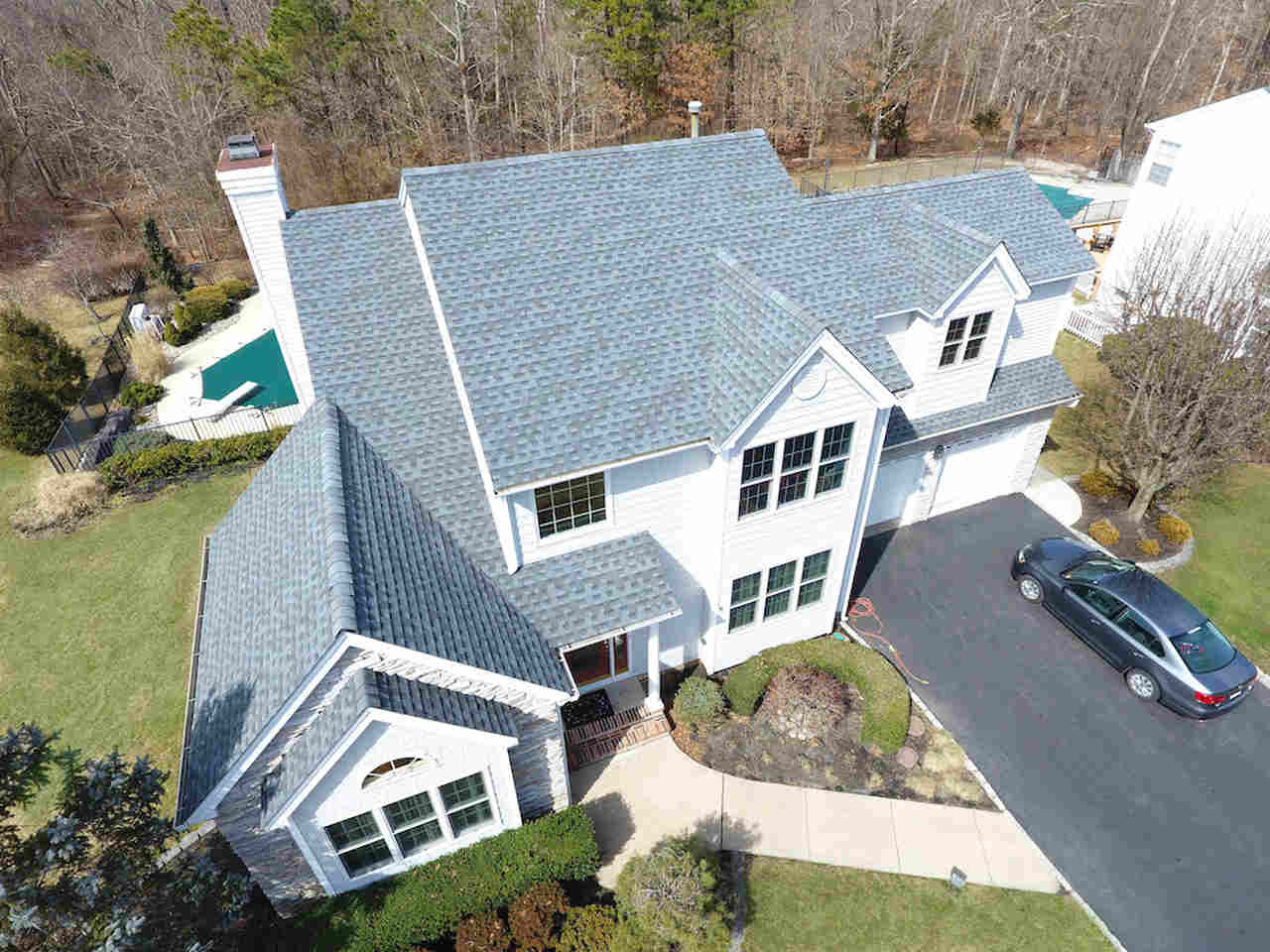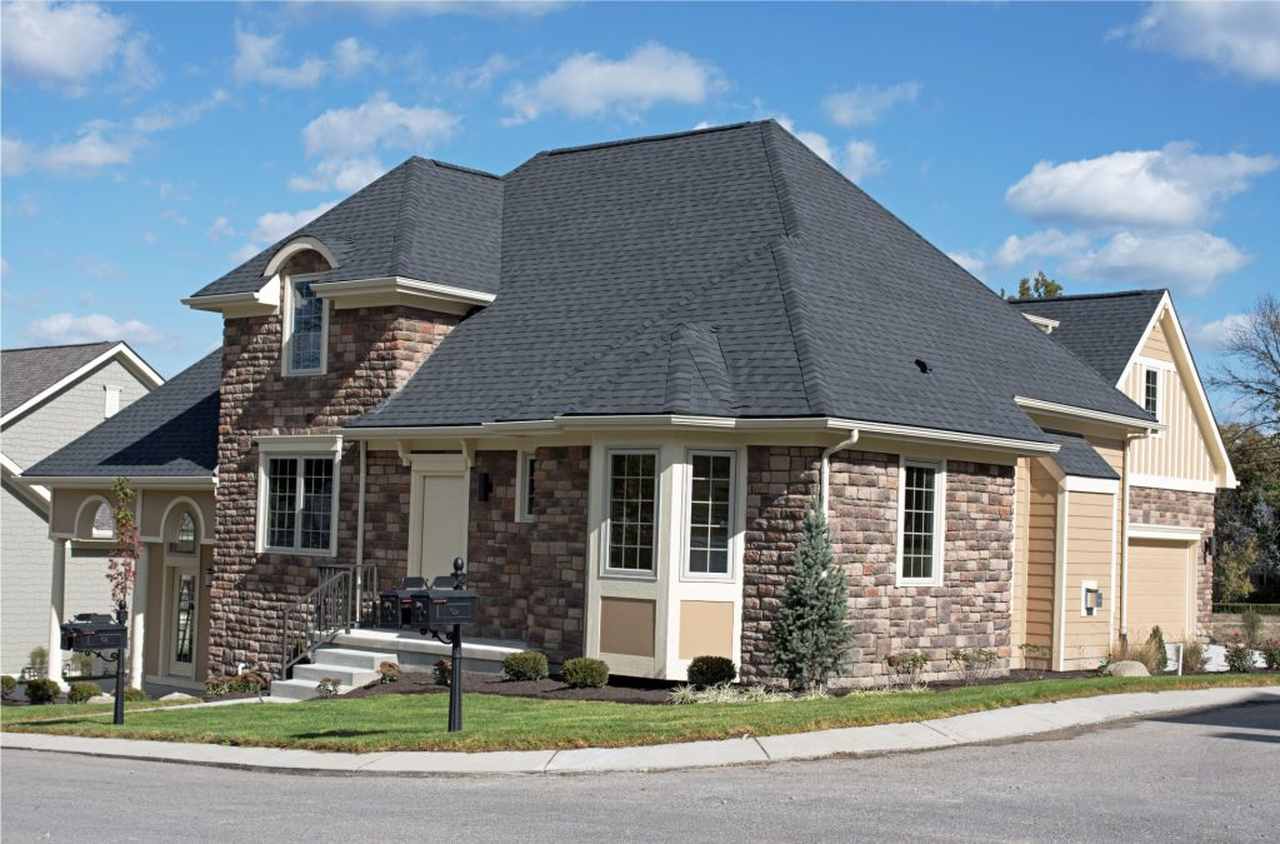How Do I Get Homeowners Insurance to Pay for My Roof?
Posted by Corey Zeller Comments Off on How Do I Get Homeowners Insurance to Pay for My Roof? Uncategorized
How Do I Get Homeowners Insurance to Pay for My Roof?
Your roof is the most integral – yet also the most exposed – part of your home. Insurance companies understand this, which is why they often include clauses that promise to cover the roof in case of damage.
While many insurers do indeed offer roof replacement in the event of an unforeseen (and therefore unpreventable) accident or natural disaster, very few companies will cover roof damage resulting from the ravages of time: wear-and-tear, quality damage, neglect, and such.
Regardless, there are ways to ensure that your homeowners’ insurance provider does right by you if the worst happens.
Today we’re going to give you some in-depth pointers on how you can ensure your roof is covered by your homeowners’ insurance agency in case of disaster.
Step #1: Personally Document the Damage on Your Roof

So a mild waterspout just caved your roof in – or maybe the hurricane caused the adjacent telephone pole to fall on your roof’s decking?
The first step is to survey the extent of the damage. Start by taking as many photographs of the damaged parts as possible.
You might have to look for a safe ladder which you’ll use to climb to the top of your house. However, if you can get your hands on one, you can use a remote-controlled drone.
You also want to make sure that the damage is documented both internally and externally. Taking photos of the damaged roof from as close to a vantage point as possible shouldn’t be that hard. You just need to make sure that you’re safe and not at risk of having anything fall on you.
If you cannot guarantee your own safety, we strongly recommend that you contact an experienced inspector, someone who has the tools and the know-how to conduct the documentation safely.
If a natural disaster caused the damage—say, a thunderstorm—consider looking up images of the aftermath of a similar event in the past. Look for dented gutters, distorted shingles, and other such damage patterns so you know what to look for.
Step #2: Understand Your Homeowners’ Insurance Cover
Next, you need to re-read the specific provisions of your homeowners’ insurance policy. You need to be aware of the possibility that some insurers might not include certain kinds of damage to your roof in your contract.
Usually, the provisions of your cover will depend on your home’s location and, of course, the nature and extent of the damage to your roof.
For instance, one insurance company might be perfectly willing to cover damage caused by hailstorms, while another might not. In the same respect, many homeowners insurance policies do not cover roof leaks or damages resulting from an improper roof installation.
The most commonly protected areas of damage are:
• Hail damage
• Wind damage
• Fire damage
Note, however, that if the damage extends beyond your roof and into your home’s property (your family pictures, furniture, floor, walls, artwork, etc.), your roof insurance might not have provisions for them.
In this case, you will most likely need to have personal property protection.
Bottom line: Ensure that you fully understand the nitty-gritty of your contract—what you’re entitled to, how much, and by when. This way, you’ll be adequately prepared when the time comes to file your roof claim, which is the last step.
Step #3: Consult With an Independent Professional

Like we said, most homeowners insurance companies do not offer coverage for roofs above a certain age.
To determine your roof’s exact age and condition at the time of damage, you will need to contact your roofer—or, at least, an experienced roofing expert. Most roofing companies, like us, will offer a free inspection.
Before they make their way to your home, gather your photographs, homeowners insurance covers, previous home appraisal reports, renovation receipts, and any relevant documents. Such proper, prior planning ensures a smooth process when they inevitably have to work with your homeowners’ insurance representatives.
On that note, you might also consider engaging the services of a contract lawyer. A lawyer will be able to offer you a definitive opinion on whether the precise causes of your roof’s damage are included in your policy.
They will also be able to advise you on your roof insurance claim limits. More importantly, on whether or not (and how much) you will have to pay a deductible before the insurance payment is OK-ed.
Step #4: Submit Your Roof Repair or Roof Replacement Claim
We arrive at the most important step: filing your claim with your insurer and engaging a roofing contractor.
Depending on the severity of the damage, how quickly the insurer takes to process and validate your roof insurance claim will depend on certain logistical factors (assessor’s distance from your home, claims department efficiency, etc).
Once everything’s done and you have the green light to begin repairs, you will employ the services of a roofing contractor.
They are the professionals who get to determine whether or not you will need a full roof replacement or just a repair.
It remains vital here that you pick out an experienced and capable contractor with a verifiably successful history of handling roof damage of your sort.
Perform a background check, engage neighbors who might have replaced or repaired a roof in the past; go online and look up roofing companies that have stellar reviews—spare no effort. Do not skimp out on a well-reviewed roofing company just to save a couple of bucks.
You also want to consider companies that are insurer-friendly and that are willing to advise you on how to engage with your adjustors. This will help to streamline the roof installation process and ensure that your new roof is of as high a quality as you’re entitled to.
Finally, you need to stay from contingency contracts. Like we said, most reputable roofing companies offer free damage assessment and cost valuation.
Yet, some unscrupulous contractors have been known to ask unsuspecting homeowners to sign “inspection reports” for ostensibly record reasons—only for you to realize that you’ve legally consented to hire them for the entire replacement job!
Bottom line: Read the fine print and don’t sign anything you haven’t gotten a professional opinion about.
Things to Remember: Quick Tips for Saving Time & Money
When Dealing With Your Insurer, Insistence & Assertiveness Is Key
Here’s the thing about insurance companies; they’re in a very competitive business. They are not looking to do or pay more than they are legally mandated to. This is why they invest in high-quality claim adjusters.
It is important that you know the precise level of cover you’re entitled to and that you communicate this as clearly and early as possible (and in writing as much as possible).
Time Is Of The Essence
As is the nature of all insurance claims, time is not on your side. The insurer will, in most cases, be inclined to take their time to assess your insurance claim.
This is why you must ensure you document the damage as soon as it occurs, or your roof gathers dirt and debris, which might alter the results of a later assessment.
Keep an Eye Out for Scammers
There are many scammers in both the insurance industry and real-estate maintenance industry, and the very best of them lie at that very intersection.
Be very wary of uncertified contractors—or those who cannot present their roofing license. Don’t be sold by their promises of tantalizingly short project timeframes.
Get A Single Estimate & Keep a Correspondence Log
The single estimate should be based on your roof’s prior state rather than on the insurer’s assessment of what might be a cheap, low-quality fix.
Not only should you keep an archive of photographs, but you should also log ALL your communication with the insurers, lawyers, independent assessors, etc.
At the end of the job, here’s how to tell if your roof has been well repaired/installed:
• The new roof includes drip edge flashing.
• The install is uniform and even.
• The underlayment is of high-quality, expensive roofing materials.
• The contractors used efficient flashing methods.
• Upon completion, the contractors returned everything to where it was before their arrival.
Foolproof Your Roof with Proven Contracting!
If by any chance, you’re interested in reinforcing your home, then you should consider checking out Proven Contracting.
We firmly believe that your roof is the most important component of your home and that a roof must get installed with not just high-quality roofing material but also highly skilled workmanship.
Waiting until your roof leaks is not a smart way to protect your home and family. You need to stay proactive by keeping an eye for warning signs.
We install beautiful new roofs without disrupting your life. Contact us immediately if your roof:
• Has missing shingles or if there is granule buildup in your gutters
• Shows signs of curling or peeling shingles (Very vulnerable to water infiltration)
• Is over 20 years old
• Shows signs of sagging or buckling
Free Roof Estimates
"(required)" indicates required fields




